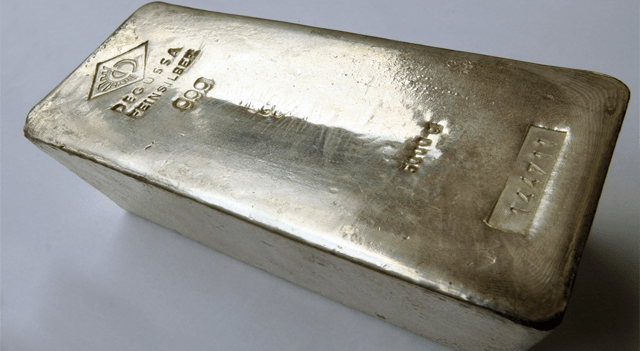UBS has once again revised upward its forecasts for gold and silver, citing robust momentum driven by investor interest, ongoing macroeconomic uncertainty, and persistent fiscal and geopolitical pressures.
The bank now projects gold could reach $4,200 an ounce across all timeframes, up from its previous targets of $3,800 by the end of 2025 and $3,900 by mid-2026. Silver is expected to climb to $52–$55 an ounce, compared with earlier estimates of $44–$47.
According to UBS strategists, the updated forecasts reflect anticipated stronger demand from central banks and exchange-traded funds (ETFs), along with continued support from declining real interest rates and fiscal imbalances. They also noted silver’s “greater room to overshoot,” given its higher volatility, emphasizing that their outlook remains skewed to the upside.
Both metals have posted strong gains this year, with gold reaching record levels in both real and nominal terms, while silver hit prices not seen since 2011.
“Precious metals have outperformed again, with gold reaching new all-time highs and silver hitting its highest level since 2011, up over 25% quarter-to-date and 60% year-to-date,” strategists led by Dominic Schnider wrote.
The team added that macroeconomic, political, and fiscal dynamics are likely to sustain demand for safe-haven assets, helping the current “fear of missing out” sentiment persist. UBS also anticipates the gold-silver ratio moving toward 76x, reflecting stronger investment demand for silver relative to gold.
Key drivers include expectations for further Federal Reserve rate cuts, a weaker U.S. dollar, and ongoing fiscal deficits in major economies such as the U.S. and France. UBS sees these factors as unlikely to be resolved soon, maintaining a favorable backdrop for real assets.
Central banks are projected to purchase 900–950 metric tons of gold this year, just below last year’s record, while private investors continue to boost allocations as a hedge against U.S. Treasury exposure.
While UBS remains bullish on gold and silver, it maintains a more cautious view on platinum and palladium, which are more closely tied to industrial demand. The bank raised its platinum forecast to $1,350 an ounce from $1,200, but signaled that the metal still faces potential downward pressure. Palladium, meanwhile, remains constrained by its reliance on auto sector demand.
This content is for informational purposes only and does not constitute financial, investment, or other professional advice. It should not be considered a recommendation to buy or sell any securities or financial instruments. All investments involve risk, including the potential loss of principal. Past performance is not indicative of future results. You should conduct your own research and consult with a qualified financial advisor before making any investment decisions.
